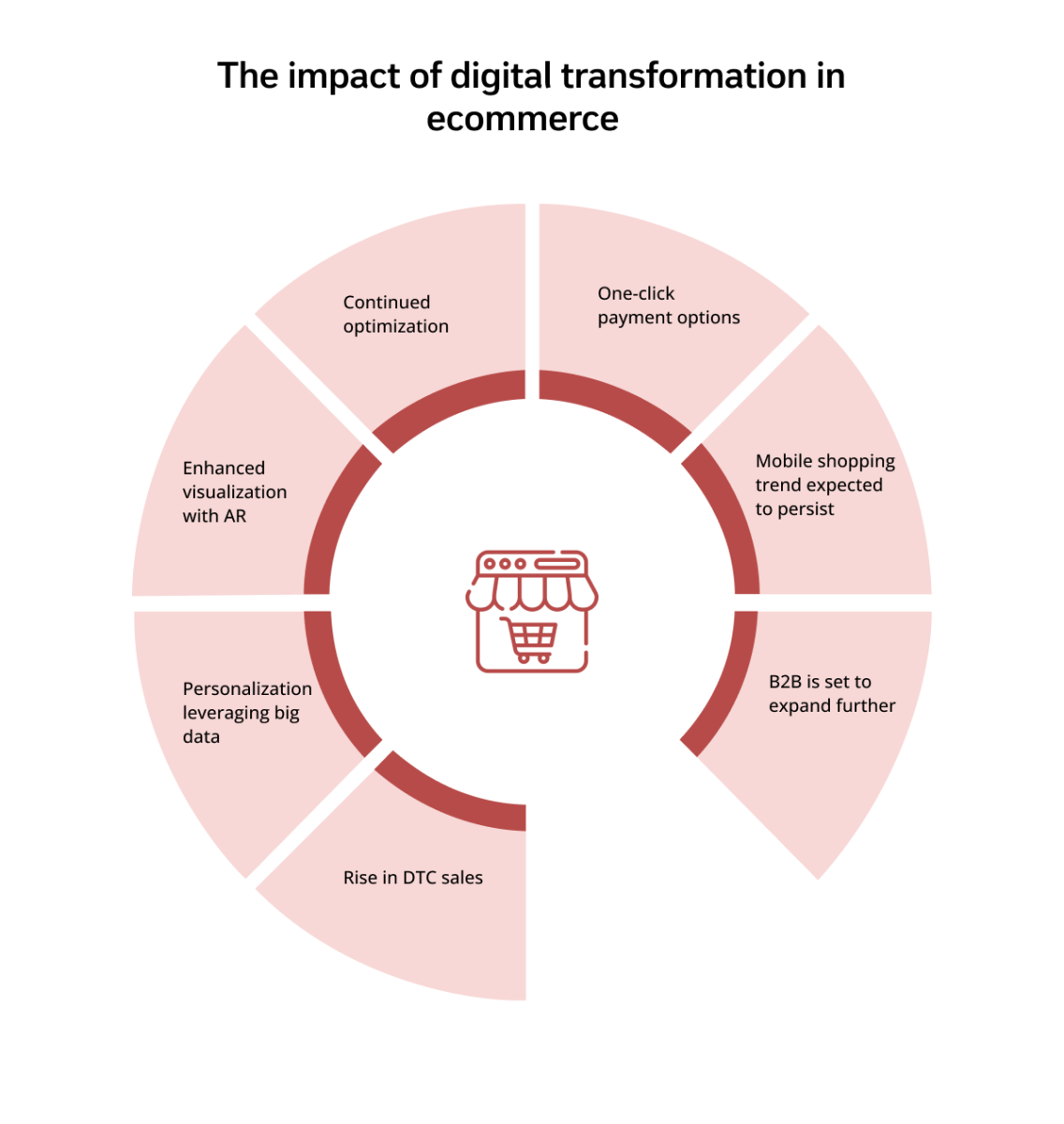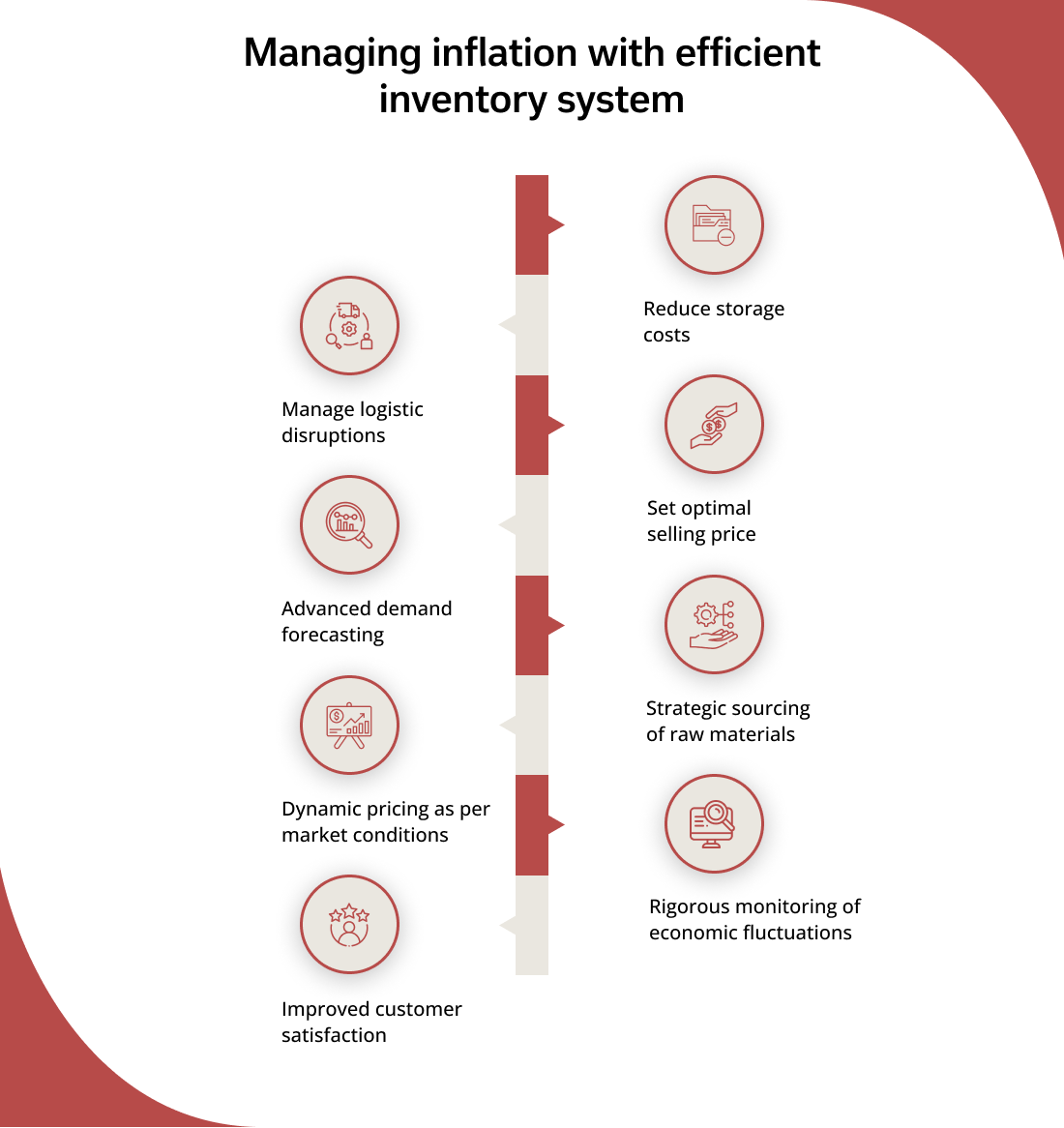With previous years throwing in a few uncertainties on and off, the direct selling fraternity had equipped itself to face adversities of any sort with the most intricate and advanced technologies and innovations. Despite post-pandemic regression, the Russian invasion of Ukraine, and economic instabilities, the industry kept its pace by integrating impeccable strategies and technology.
From macroeconomic trends to numerous other developments, the direct selling industry could evolve with its power potential to forecast what the sector could unfold both possibilities and challenges.
What seems trending and innovative today could be outdated tomorrow. Technology is evolving rapidly and transforming the direct selling landscape that fast. From the advent of AI (Artificial Intelligence) to numerous other technological advancements, the sector witnessed a comprehensive transformation to say the least.
A quick rundown on technological advancements that the year 2023 witnessed.

Artificial Intelligence (AI)
The year saw AI influencing the sector with its machine learning and deep learning techniques. Which also includes NLP or Natural Language Processing, computer vision, and how meticulously AI systems helped network marketing businesses with decision-making in complex scenarios.
Deployment of 5G technology
5G technology helped bring vast networks of direct selling businesses under one roof with its efficient, faster and reliable communication capabilities. With 5G, there also came IoT or Internet of Things, Augmented Reality (AR) and Virtual Reality (VR) which opened new opportunities for multi-level marketing businesses to flourish.
Edge computing
The most advanced technology has helped the sector to process large chunks of data, reducing latency and improving the efficiency of applications. This also helped expedite and make the most of real-time processing scenarios.
AR and VR
Advancements in AR and VR technologies enhanced customer experiences with immersive elements in various sectors in the direct selling industry from makeup and cosmetics, health and wellness, education, home decor etc.
Cybersecurity innovations
With advancing technologies, it is important for direct selling businesses to intensify their cybersecurity innovations. As a result, most businesses were found enhancing their threat detection technologies, secure-by-design practices and advancements in encryption methods.
Top trends that altered the direct selling dynamics in 2023
We saw social media, influencer marketing, personalization, use of technology etc creating a stir in the direct selling landscape in the previous years. However, with 2023, the advancements have grown bigger and so are brands widening their horizons adapting to latest trends and techniques.
Let us focus on how 2023 shaped the direct selling sector with its newer strategies and capabilities.
1. The rapid pace of digital transformation
From 2020, we have seen the direct selling business taking the ecommerce center stage and evolving through new routes. The major advancement that the year saw in the sector was the humongous investment in robust ecommerce platforms that accelerated online shopping figures and enhanced the experience for customers. Integrating secure payment gateways, user-friendly interfaces, and making personalized recommendations were all a part of the same.

Since remote working isn’t a new thing, so are virtual events and training. Direct selling organizations make use of digital tools for automated distributor training that can help businesses roll out training without having to invest heavily in resources. Direct selling businesses also prioritized the development of mobile applications to reach a wider audience where distributors and customers can be in constant touch and stay closer to the brand as well.
While going digital focuses on staying closely connected with customers from any part of the world, customers expect network marketing brands to treat them with a personalized approach. As a result, data analytics have been put to complete use for personalized customer interactions and product recommendations which are the critical aspects of digital transformation. The past year saw a significant surge in businesses leveraging data to understand customer preferences and tailor their offerings accordingly.
Yet another digital transformation that the direct selling sector leveraged the most was AI-driven customer support. AI elements were integrated into customer support systems to provide efficient and faster responses to queries. Automating routine queries with chatbots and virtual assistants reduced turnaround time and helped distributors focus on more personalized and complex interactions.
Beyond these, digital transformation also involved the implementation of software solutions to ensure compliance with region-specific regulations considering the complexity of legal and regulatory considerations in the direct selling sector.
2. Inflation and inventory management
Dynamics or rising prices impact how direct selling businesses handle and control their inventory. In that sense, inflation and the management of inventory are closely related. With unforeseen circumstances disrupting the smooth flow of businesses, it is important to understand how to efficiently manage inventory during an event of despair. Here are a few ways to explain how inflation and inventory management are closely connected.

Higher holding costs – Economic instability during times like war or pandemic could lead to increased interest rates, which could increase the cost of holding the inventory. Since inflation could drive interest rates up, it is important for businesses to analyze the situation and avoid keeping excess stocks to prevent expenses such as storage, insurance, finance charges etc.
Logistic disruptions and varying prices – At a time when inflation is set to arise, it can impact the cost of raw materials and transportation ultimately weighing on the price of the goods and services. This is where an efficient inventory management system could come to the rescue foreseeing potential changes in pricing strategies and market dynamics to set optimal selling prices for every product.
Uncertainty in customer demand – Well, we cannot always be sure about what a customer will demand, especially in an inflationary situation. There could be fluctuations in purchase patterns even leading to unpracticable demand for products. Inventory management systems must be flexible enough to cope with changes in demand forecasts.
Strategic sourcing and dynamic pricing – Customers are spoilt for choices, so if you don’t have a product, your competitor might have it and you might lose a customer. To cope with this, direct selling brands have explored alternative sourcing strategies which involve finding new suppliers, expanding sources, and finding more cost-efficient alternatives.
Furthermore, brands need to implement dynamic pricing strategies to tweak prices in real-time depending upon changing market conditions. With an agile inventory management framework, this could be managed effectively.
Rigorous monitoring – Keeping a close watch on inflation rates, market rates, and economic indicators is crucial for proactive inventory management. Direct selling businesses are mindful of potential changes in the economic environment to adjust their inventory strategies hence.
The direct selling sector in 2023 faced a critical juncture between growth and decline called the inflection point. But what got the sector going smoothly is its deep-rooted conviction that its human and emotional processing combined with mechanized and robotic technology can help them move mountains irrespective of the thunder and cloudburst that comes in between.
Struggling with inventory management challenges? Explore our advanced inventory management solutions designed to help you stay ahead.
Learn More➔3. Sustainable and ethical business practices
The biggest concern that the world is facing today irrespective of gender, generation, or business is climate change. Businesses are increasingly focusing on sustainable business practices incorporating ESG (Environmental, Social, Governance) processes into their strategy. The year 2023 saw brands coming together to promote social responsibility, environmental stewardship and ethical behavior, which are keys to building a credible business foundation, maintaining customer trust and ultimately contributing to a healthier planet.
As a result, veteran to startup direct selling brands focused on developing green products prioritizing the development and promotion of eco-friendly and sustainable products using renewable materials, reducing packing water and making use of recycled and upcycled materials.
Brands were also seen designing their loyalty strategies around customers who endorse sustainable living through reduced carbon footprints, minimal wastages, reduce, reuse, and recycle resources, and BYOB (Bring Your Own Bottle/Bag) initiatives.
Beyond sustainability, brands focused on disseminating fair and ethical business practices starting from fair compensation plans, and equal working conditions promoting diversity, equality, and inclusion. Apart from the technological advancements that the brands are adopting, the past year saw brands focusing on winning customer hearts through transparent and fair-trade practices.
4. Immersive customer experiences and innovative product offerings
With remote working and virtual meetings being a common practice, customers are longing to stay connected with their peers, brands that pamper them with choices and numerous options to choose from. ‘At the fingertip’ is not just a colloquial term but a reality where brands got themselves to the tips of customer fingers making their shopping or brand journey an experience itself.
From personalizing product choices based on customer preferences to interactive content and community building through feedback and experience sharing, customers from every nook and corner of the world are coming together as one under a brand creating bonds beyond businesses.
Immersive customer experience is not only aimed at meeting the practical demands of the customers but also to nurture a deep-rooted emotional connection with the brand that ought to last longer. With immersive experience, brands can yield increased customer loyalty, positive brand image, and sustained business growth.
Yet another key trend that the previous year witnessed was innovative product offerings that can attract customers and help them differentiate the brand from its competitors. Innovative product offering is a customer-centric innovation that can directly address customer pain points. It can also lead to cross-industry collaboration where unique and outstanding ideas and solutions can be obtained.
5. Global expansion and localization
Sounds aberrant? Well, not really. It is an incredible strategy that most direct selling businesses adopted last year to set their feet in different markets in the world. Brands expanded to new international markets while emphasizing localization strategies by imbibing and adapting to cultural nuances and choices of specific regions.
Cultural nuances being a sensitive factor, understanding regional communication styles, dialects, social norms and customer behavior is crucial to build a brand base among the populace. Your globally best-selling product might not get sold in the regional market that you are now focusing on. And hence, your strategies must be flexible enough to alter according to local aesthetics, preferences and choices. This could be the case with the ingredients in the product to its design, packaging, and even marketing.
Adapting local technology that is user-friendly and culturally relevant can help customers come closer to the brand quite quickly. Also, being open to continuous comments and criticisms from distributors and customers is a major factor with which the effectiveness of localization strategies can be gauged. Adapting an iterative approach could be helpful for businesses to restructure their framework integrating real-time insights and market responses.
Like how little droplets maketh an ocean, presence in local markets is what creates a global face for direct selling brand.
Winding down
From coping with the external factors that challenged the business to administer inflection points and other growth hurdles, the direct selling sector witnessed a milestone year blended with excellence and innovation.
The sector, with its resilience, intelligence, perseverance, and growth mindset tackled disruptions and saw global expansion, unparalleled networking, the rise of the gig economy, increased entrepreneurship, higher earnings, and numerous other breakthroughs.
This indeed is a motivating cause for the direct selling fraternity to strive through and succeed in the coming years!
We at Epixel have been able to learn new concepts and witness the resilience with which the industry is pacing faster forward. We are so looking forward to what 2024 has instore and how we shall endeavor through conflicts and challenges.
Find out from our customers how our solutions give MLM businesses an edge and exceed customer expectations
- Technological advancements in 2023
- Top trends that altered the direct selling dynamics
- The rapid pace of digital transformation
- Inflation and inventory management
- Sustainable and ethical business practices
- Immersive customer experiences and innovative product offerings
- Global expansion and localization









Leave your comment
Fill up and remark your valuable comment.